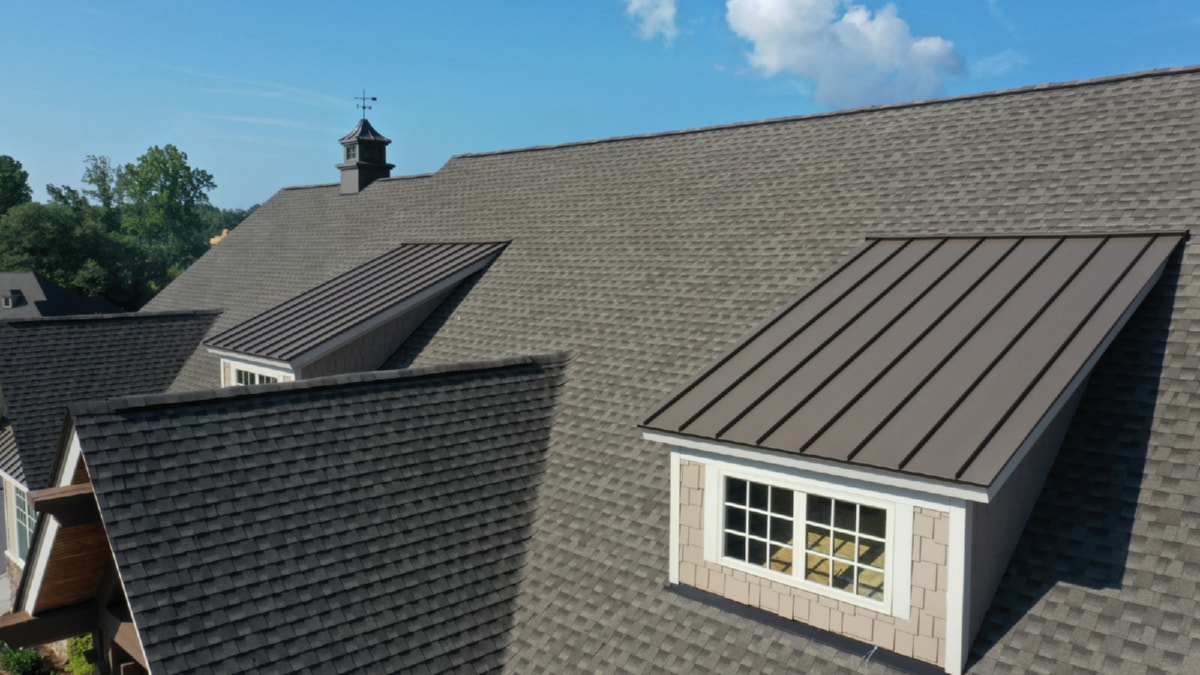As we move deeper into the 21st century, the need for sustainable solutions in every industry is becoming increasingly apparent. Among these, the construction sector stands as a crucial player. A significant contributor to worldwide energy use and greenhouse gas emissions, the industry is undergoing a transformative shift towards sustainability through the concept of green building.
Green building, also known as sustainable construction, is a method that focuses on creating structures with an environmentally responsible and resource-efficient approach throughout a building’s life-cycle. This includes everything from designing and constructing to operating, maintaining, and eventually, demolishing the building.
The adoption of green building practices presents numerous advantages. Firstly, it minimizes environmental impact. Traditional construction methods are undeniably resource-intensive, often leading to significant waste. Green building, on the other hand, promotes the efficient use of materials and energy, reducing waste production. It also emphasizes the use of renewable or recyclable materials, further reducing the overall environmental footprint.
Secondly, green building promotes healthier indoor environments. The implementation of natural lighting, improved ventilation systems, and the use of non-toxic materials leads to improved air quality, reducing potential health risks for occupants.
Lastly, green building practices result in substantial long-term cost savings. While the initial cost may be higher, the reduced energy, water, and maintenance costs over the building’s lifespan more than make up for the upfront investment.
As such, the adoption of green building is not only an environmental necessity but also a smart economic move. Despite these benefits, the adoption of green building is still not as widespread as it could be. This is often due to misconceptions about the cost and complexity of sustainable construction.
However, with advancements in technology and design, many of these barriers are being broken down. Innovative solutions like energy-efficient appliances, green roofs, and solar panels are becoming increasingly accessible and affordable. Additionally, certifications such as the Leadership in Energy and Environmental Design (LEED) provide clear guidelines for green building, making it easier for builders to adopt sustainable practices.
Moreover, governments worldwide are recognizing the importance of sustainable construction, leading to policies and incentives promoting green building. These efforts are encouraging the construction industry to shift towards more sustainable practices.
In the face of climate change and rapidly depleting resources, the need for sustainable solutions has never been greater. The construction industry, as a significant contributor to these challenges, has a crucial role to play in addressing them. By embracing green building, the industry can significantly reduce its environmental impact, promote healthier living spaces, and achieve long-term cost savings.
In conclusion, green building represents the future of the construction industry. Its adoption is not only a step towards environmental responsibility but also a move towards economic sustainability. By embracing green building, we can ensure a sustainable future for the construction industry and the planet as a whole.
For more details, check best masonry services or visit their business listing here.



